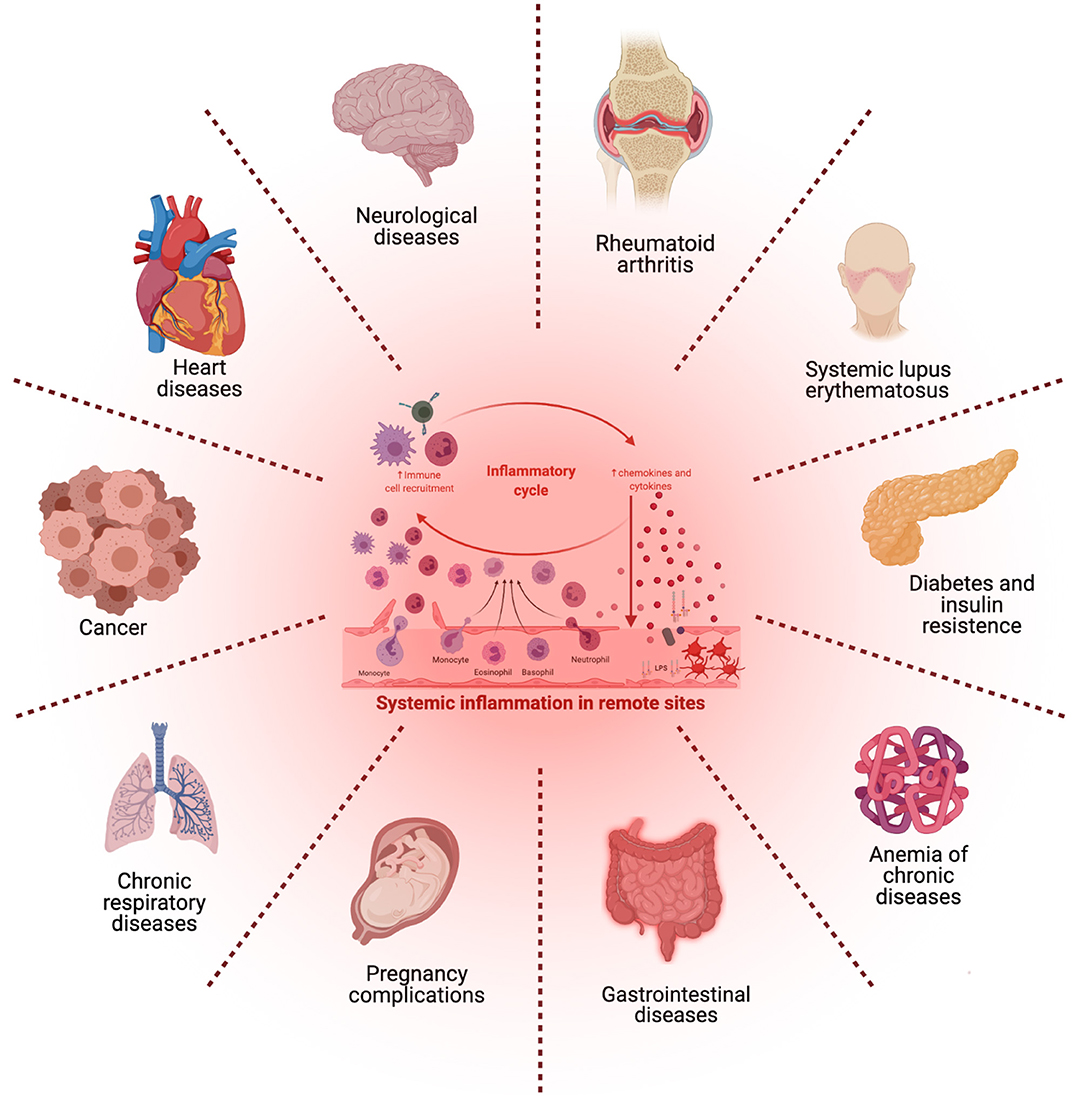Systemic Diseases (SDs)

Systemic Diseases (SDs): Definition, Features, and Examples
Systemic diseases (SDs) are conditions that affect multiple organs, tissues, or the body as a whole, rather than being confined to a single organ or localized area. This distinguishes them from localized diseases, which impact only one part of the body (such as a skin ulcer or a single joint)265.
Key Characteristics
- Widespread Impact: Systemic diseases can involve several organ systems (e.g., respiratory, circulatory, digestive, immune, nervous)156.
- Variable Symptoms: They often produce generalized symptoms such as fatigue, fever, weight loss, joint pain, skin changes, and shortness of breath37.
- Chronic or Episodic: Some systemic diseases are chronic and progressive, while others may have periods of flare-ups and remission1.
- Hidden or Obvious: Systemic diseases can be “invisible” (not outwardly apparent) or produce visible signs (e.g., rashes, swelling)17.
Common Examples of Systemic Diseases
- Autoimmune Diseases: Systemic lupus erythematosus (SLE), rheumatoid arthritis, systemic sclerosis, Sjögren’s syndrome, vasculitis68.
- Metabolic and Endocrine Disorders: Diabetes mellitus, hypothyroidism, metabolic syndrome, adrenal insufficiency56.
- Infectious Diseases: HIV/AIDS, systemic infections (such as sepsis or influenza)26.
- Hematologic Disorders: Sickle cell disease, anemia16.
- Connective Tissue Diseases: Ehlers-Danlos syndromes, sarcoidosis6.
- Cardiovascular Diseases: Hypertension, atherosclerosis6.
- Chronic Fatigue Syndrome, Fibromyalgia6.
- Cancers: Many cancers can become systemic as they metastasize or affect multiple organs1.
- Gastrointestinal Diseases: Crohn’s disease, ulcerative colitis, coeliac disease6.
Typical Symptoms
Systemic diseases often present with a combination of the following37:
- Fatigue and weakness
- Unexplained weight loss
- Fever or chills
- Joint and muscle pain
- Skin changes (rashes, ulcers)
- Shortness of breath
- Swelling in various body parts
- Loss of appetite
Diagnosis and Management
- Diagnosis: Involves a combination of clinical evaluation, laboratory tests, imaging, and sometimes biopsy, depending on the suspected disease and organs involved7.
- Treatment: Varies by condition and may include medications (e.g., corticosteroids, immunosuppressants, biologic agents), lifestyle modifications, physical therapy, and sometimes surgery47.
- Ongoing Monitoring: Many systemic diseases require regular follow-up to manage symptoms, monitor organ function, and adjust treatment7.
Summary Table
| Aspect | Description |
|---|---|
| Definition | Disease affecting multiple organs/systems or the whole body |
| Common Symptoms | Fatigue, fever, weight loss, joint pain, skin changes, shortness of breath |
| Examples | Lupus, rheumatoid arthritis, diabetes, HIV, sickle cell disease |
| Diagnosis | Clinical exam, labs, imaging, sometimes biopsy |
| Treatment | Medications, lifestyle changes, physical therapy, surgery |
| Prognosis | Variable; depends on disease type, severity, and response to treatment |
Consult with Our Team of Experts Now!
At DrStemCellsThailand (DRSCT)‘s Anti-Aging and Regenerative Medicine Center of Thailand, we emphasize comprehensive evaluations and personalized treatment plans of Cellular Therapy and Stem Cells for managing various health conditions. If you have questions about Systemic Diseases (SDs) or would like more information on our services, consult with our experts today!
Consult with Our Team of Experts Now!
In summary:
Systemic diseases are conditions with widespread effects on the body, often requiring multidisciplinary management and long-term care. Early recognition and treatment are crucial to prevent complications and improve quality of life1267.















